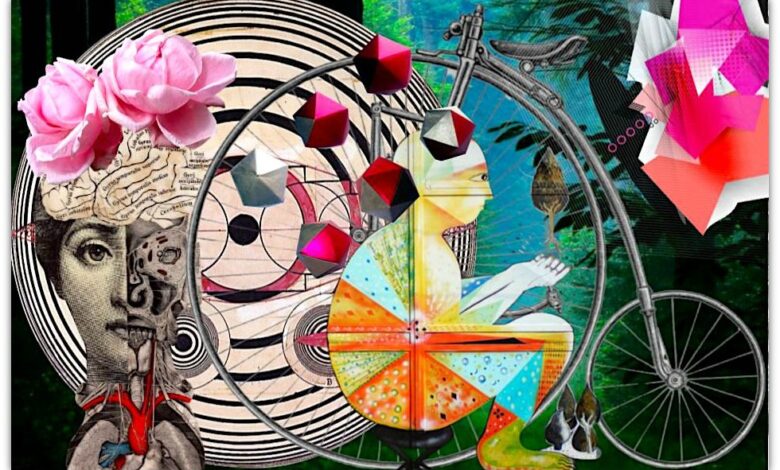The Emergence of Personal Aesthetic: Design as Self-Expression

Self-expression has become a central part of how people represent themselves. Individual aesthetic such as a personal style, a palette of color, an eye for the visual has become an all-consuming interest of contemporary life. Design no longer resides with professional design or studio studios; it is universal communication. Individuals employ images to inform others about who they are, what they think, and how they perceive the world.
The Definition of Personal Aesthetic
Personal style is an individual’s personal visual and emotional appearance that reflects their personality. It is the congruence of color, form, and design choices that echo one’s worldview and personality. From living room furnishings to Facebook walls, people are now designing their surroundings to express their personal style. It is not about appearance—it’s a display of individuality in a homogeny-bias world.
This has been carried to extremes with the advent of digital culture. Instagram, Pinterest, and TikTok have made us all visual storytellers. Every filter, picture, and post is used to communicate mood and meaning. Virtual space has become a site for creativity, and individuals use it to experiment with aesthetics that represent an expansion of their inner world.
Technology and Accessibility in Design
Technology is one of the reasons behind personal aesthetics development. In the past, only professionals employed such software as Adobe Photoshop or Illustrator. Nowadays, design has been made accessible. There are AI-based apps, edit apps for smartphones, and offline software by which anyone can create such lovely things.
Computer design programs like Canva, Figma, and CapCut can play with typography, color, and composition in a matter of minutes. Even AI can help create personalized designs for mood, tone, or intent. The way that anyone can get something done without even bothering with technicality increases. Personal expression through design has become the part and parcel of existence as it is lived now.

The Role of Emotion and Psychology
Design is not superficial anymore—it’s emotional. People are attracted to designs that speak on the emotional and meaning level. Color psychology is an extremely powerful tool in bringing about those emotional feelings. Pastel colors will bring out calmness and tranquility, but bright colors will unveil confidence and enthusiasm.
Every decision in design is a part of how people feel and connect with images. If one achieves this connection on an emotional level, then one can use design not just to decorate, but to communicate. Personal style is therefore a visual vocabulary in which emotion, values, and self-expression are expressed.
Personal Aesthetic in Business and Lifestyle
The strength of personal aesthetics isn’t just applicable personally; it’s also revolutionizing marketing and branding. Businesses are finding that customers nowadays crave authenticity over perfection. Brands no longer need generic images; instead, they now can use more bespoke and relatable styles of design aesthetic. This way, businesses can create an emotional connection with the audience and break through a cluttered online space.
Aesthetics is fifty-fifty when it involves interior design, and life. Homes, initially built to serve just a purpose, today are statements of self. Individuals mix texture, era, and culture to develop environments that are distinctly their own. Each color, object, and arrangement selection conveys a personal statement—one of personality, imagination, and home.

Concluding Points
Personal aesthetic’s onset is a significant creative and cultural transition. It is a testament to the growing need for individuality and emotional expression in design. Since technology will certainly continue to develop, people will have more and more of a sense of choice of creating their visual setting.
Last but not least, personal style is not a matter of appearance—it’s a matter of meaning. Personal style is a method of expressing inner self outward, of communicating without words, and of finding authenticity in the age of the digital. In 2025 and beyond, personal expression through creating will continue to be one of the strongest forms of creativity and connection.
